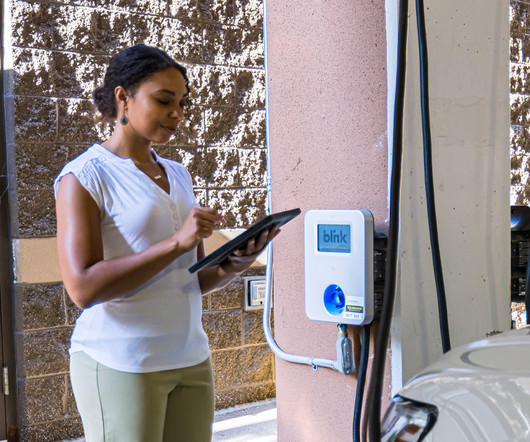EIA projects US energy-related CO2 emissions to remain near current level through 2050; increased natural gas consumption
Green Car Congress
MARCH 22, 2019
In the United States, emissions associated with the consumption of petroleum fuels—motor gasoline, distillate, jet fuel, and more—have consistently made up the largest portion of CO 2 emissions. Natural gas surpassed coal to become the most prevalent fuel used to generate electricity in the United States in 2016.













































Let's personalize your content